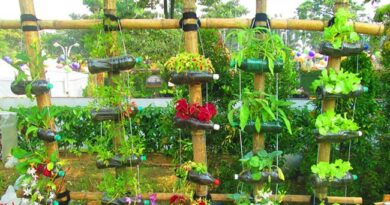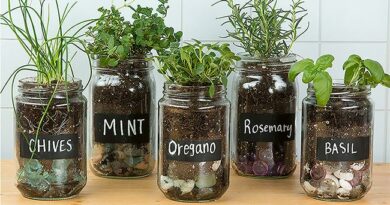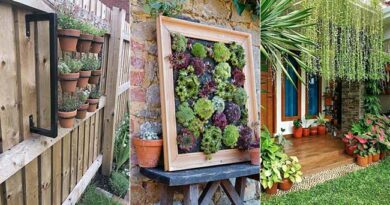Don’t Throw Away Fall Leaves: 14 Creative Ways to Reuse Them
September hits and suddenly your yard looks like a golden carpet of crunchy leaves. Beautiful? Absolutely. A headache to clean up? Also yes. But here’s the thing: instead of bagging them up and dragging them to the curb, you can actually put those leaves to work. I used to see them as a chore—now I see them as free mulch, compost, even craft supplies. Here’s how to use fallen leaves in ways that help your garden, your home, and maybe even your sanity.
1. Turn Leaves Into Compost Gold
Leaves are loaded with carbon, the “brown” ingredient your compost pile needs. Mixed with grass clippings and kitchen scraps, they break down into nutrient-rich compost your plants will love.
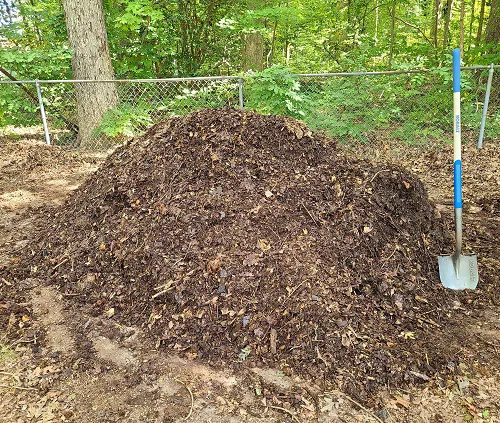
- Layer dry leaves with nitrogen-rich materials like food scraps or green grass.
- Shred them first with a mower for faster breakdown.
- Turn the pile every couple of weeks to keep air flowing.
Once I started tossing in bags of leaves, my compost pile went from sad and sluggish to cooking like a mini furnace.
2. Mulch Garden Beds Naturally
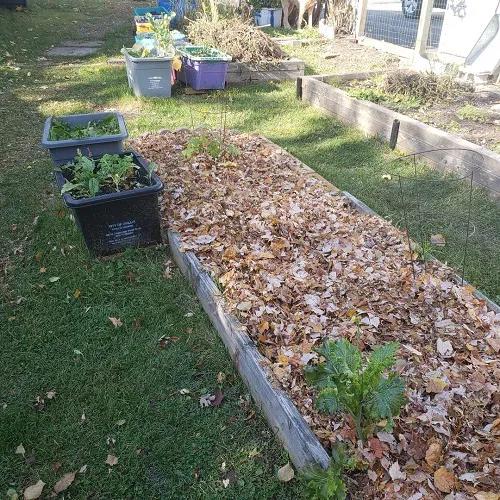
Leaves make a fantastic, free mulch that keeps soil warm, moist, and healthy through fall and winter.
- Spread a 2–3 inch layer around perennials and shrubs.
- Avoid piling directly against stems to prevent rot.
- Top up if the wind blows them away.
In colder regions, this blanket of mulch can even save tender plants from frostbite.
3. Make Leaf Mold for Rich Soil
Leaf mold is like compost’s cool cousin—just leaves, broken down slowly into dark, crumbly, earthy-smelling goodness. It improves soil texture, moisture retention, and provides a perfect hangout for worms.
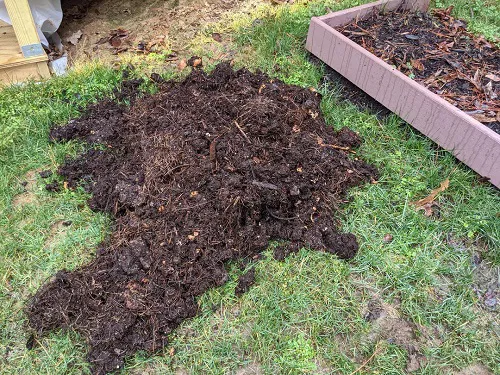
- Bag up moist leaves with a few air holes punched in the bag.
- Leave them outside for 6–12 months.
- Use the finished product as a soil conditioner or seed-starting mix booster.
4. Build Leaf Piles for Erosion Control
Rain in autumn can wash soil away, but mounds of leaves act like natural barriers. They hold soil in place and improve drainage as they slowly break down.
- Rake leaves into low ridges across slopes.
- Layer them in areas prone to runoff.
- Check after storms and add more if needed.
Bonus: jumping into the leaf piles is still allowed (I definitely do).
5. Create Leaf-Lined Pathways
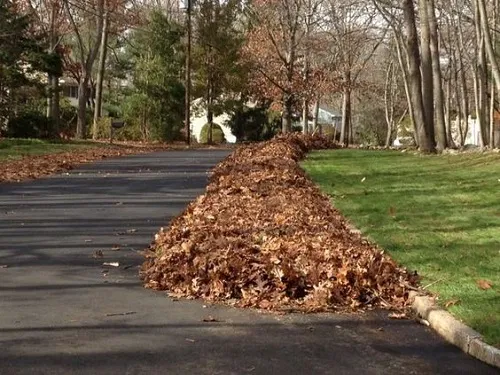
Instead of sweeping paths every five minutes, work with the leaves. Gather them along walkways to create soft, rustic-looking borders.
- Rake leaves into shallow trenches for extra staying power.
- Line stepping-stone paths for that “storybook garden” look.
- Refresh every week or two to keep it neat.
6. Give Wildlife a Cozy Home
Not just bugs—hedgehogs, toads, chipmunks, and even butterflies use leaf piles as winter shelters. Your messy pile might just save lives.
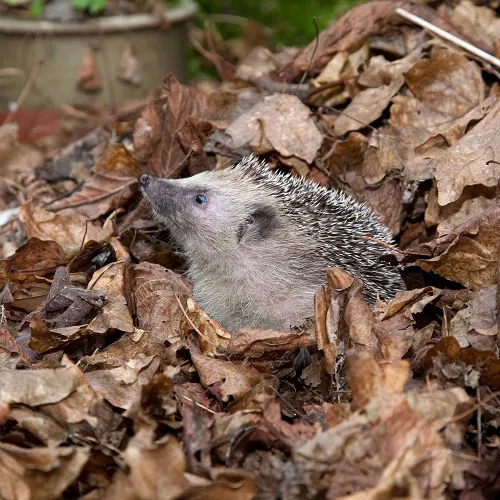
- Stack leaves in a quiet corner away from main beds.
- Combine with twigs for sturdier shelters.
- Avoid placing too close to your veggie patch (critters will thank you by snacking there).
7. Repel Mosquitoes With Smoke
Dried leaves give off a strong smoke when burned in small amounts, and mosquitoes hate it. Studies show some tree leaves (like neem) are especially effective.
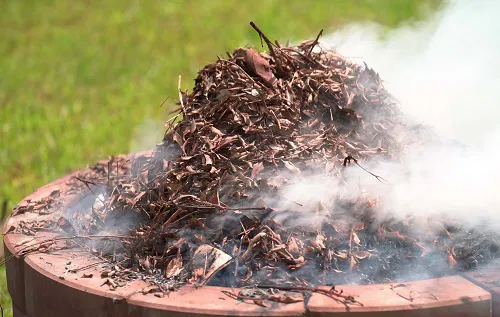
- Burn only moderate amounts in a fire pit or safe container.
- Stand upwind so the smoke drifts over seating areas.
- Never burn damp piles—it’ll just smoke like crazy without repelling much.
8. Craft With Pressed Leaves
Pressed autumn leaves look incredible framed or used in seasonal crafts. Their colors last surprisingly long if pressed right.
- Flatten leaves between sheets of newspaper and heavy books.
- Leave for 1–2 weeks until dry and crisp.
- Frame or use in DIY cards, bookmarks, or garlands.
9. DIY Leaf Candle Holders
A mason jar, some Mod Podge, and colorful leaves are all you need to make cozy autumn candle holders.
- Coat the jar with adhesive.
- Press leaves onto the sides and seal with another layer of Mod Podge.
- Pop in a tea light and watch the glow shine through the leaf patterns.
10. Leaf-Printed Clay Ornaments
Capture the intricate patterns of leaves by pressing them into clay. The veins create beautiful textures once the clay is baked or air-dried.
- Roll out air-dry or oven-bake clay to 1/4 inch thick.
- Press leaves firmly, peel away, then cut shapes with a cookie cutter.
- Paint or leave natural, and hang in windows for autumn light play.
11. Make Pressed Leaf Wall Art
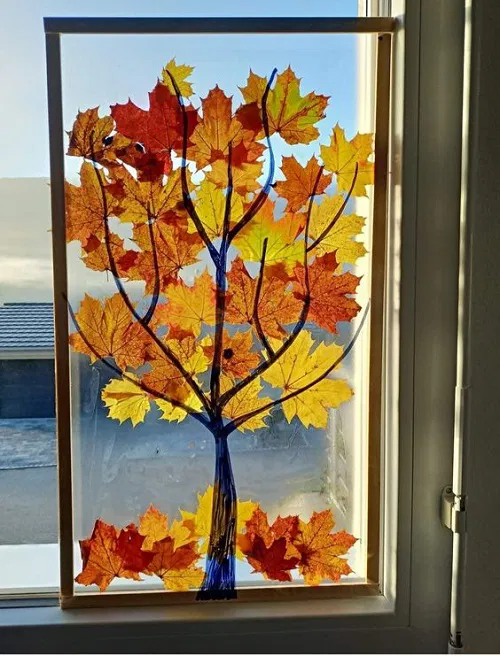
Turn fall foliage into art pieces that last. Pressed leaves in simple frames make stunning seasonal décor.
- Choose the brightest, healthiest leaves.
- Mount them on acid-free paper for long-term preservation.
- Frame and hang in hallways or living rooms for instant autumn vibes.
12. Insulate Root Vegetables in Storage
Gardeners used to pack carrots, beets, and potatoes in boxes of dry leaves to keep them through winter. It still works like a charm.
- Layer dry, crisp leaves in wooden boxes or bins.
- Bury root vegetables between layers so they don’t touch.
- Store in a cool, dark place—cellar or garage works best.
13. Brew Leaf Mulch Tea
Yep, you can make “tea” for your plants. Soaking leaves in water extracts nutrients that can be poured directly onto soil as a liquid fertilizer.
- Fill a bucket with chopped leaves and water.
- Cover loosely and let steep for 2–3 weeks.
- Strain and use the liquid to water garden beds or containers.
Smells earthy (okay, maybe funky), but your plants will love it.
Quick FAQs About Using Fallen Leaves
Do I need to shred leaves before using them?
Not always, but shredding speeds up decomposition and makes mulch tidier. Whole leaves can mat down and block air if piled too thick.
Which leaves are best for compost?
Most are fine, but avoid black walnut, eucalyptus, or oak in huge amounts—they break down slower or release compounds that can stunt plants.
How do I keep leaf mulch from blowing away?
Chop or shred before spreading, or wet the layer lightly after applying. You can also top with straw to hold it down.
Can I use leaves indoors for plants?
Yes, but sterilize them first (bake in the oven for 30 minutes at 200°F) to kill pests and fungi. Then crumble into potting mix as organic matter.

